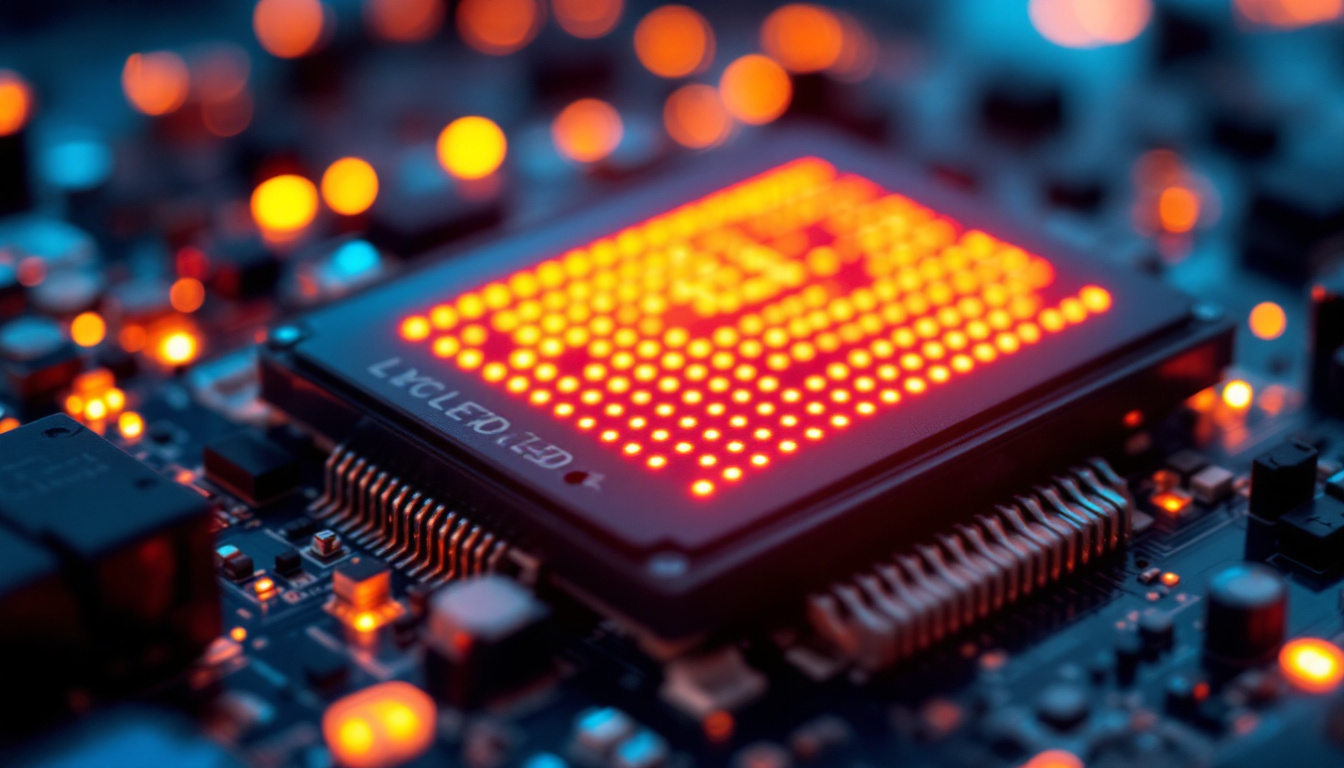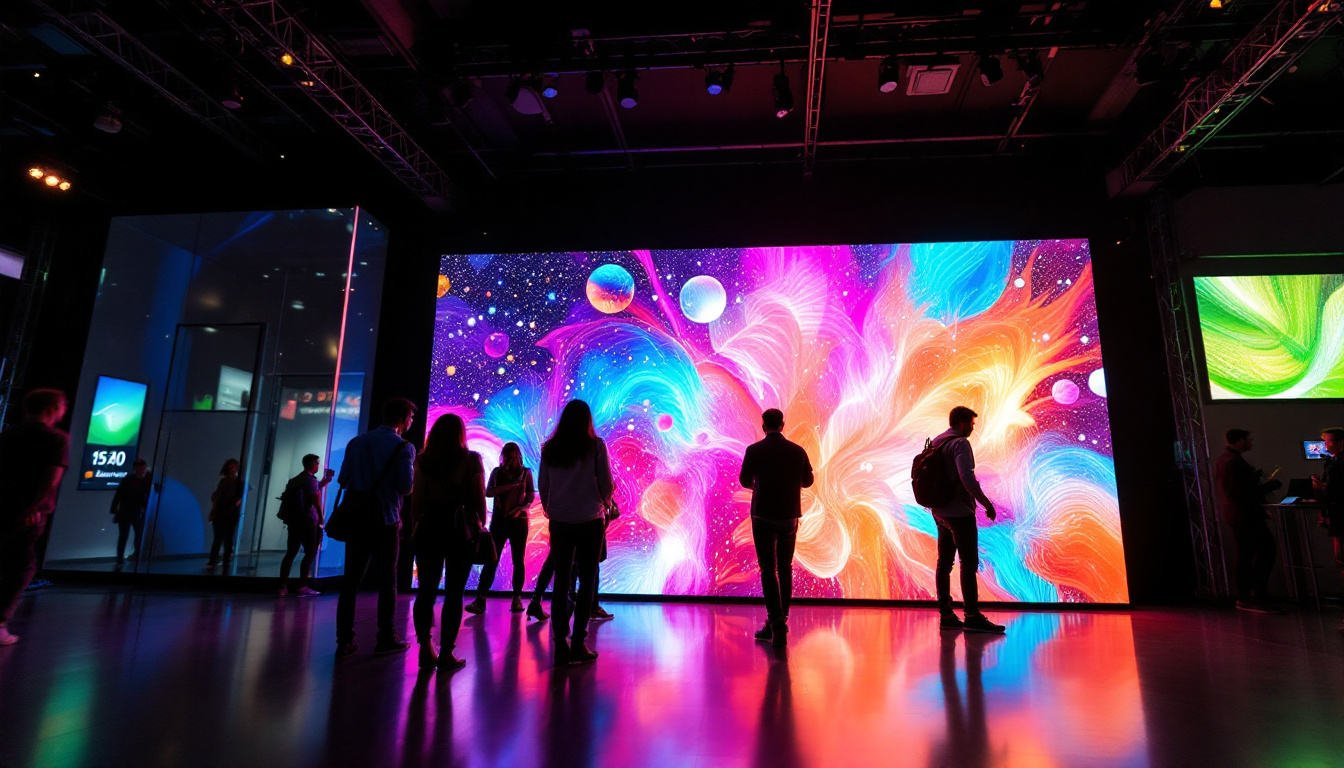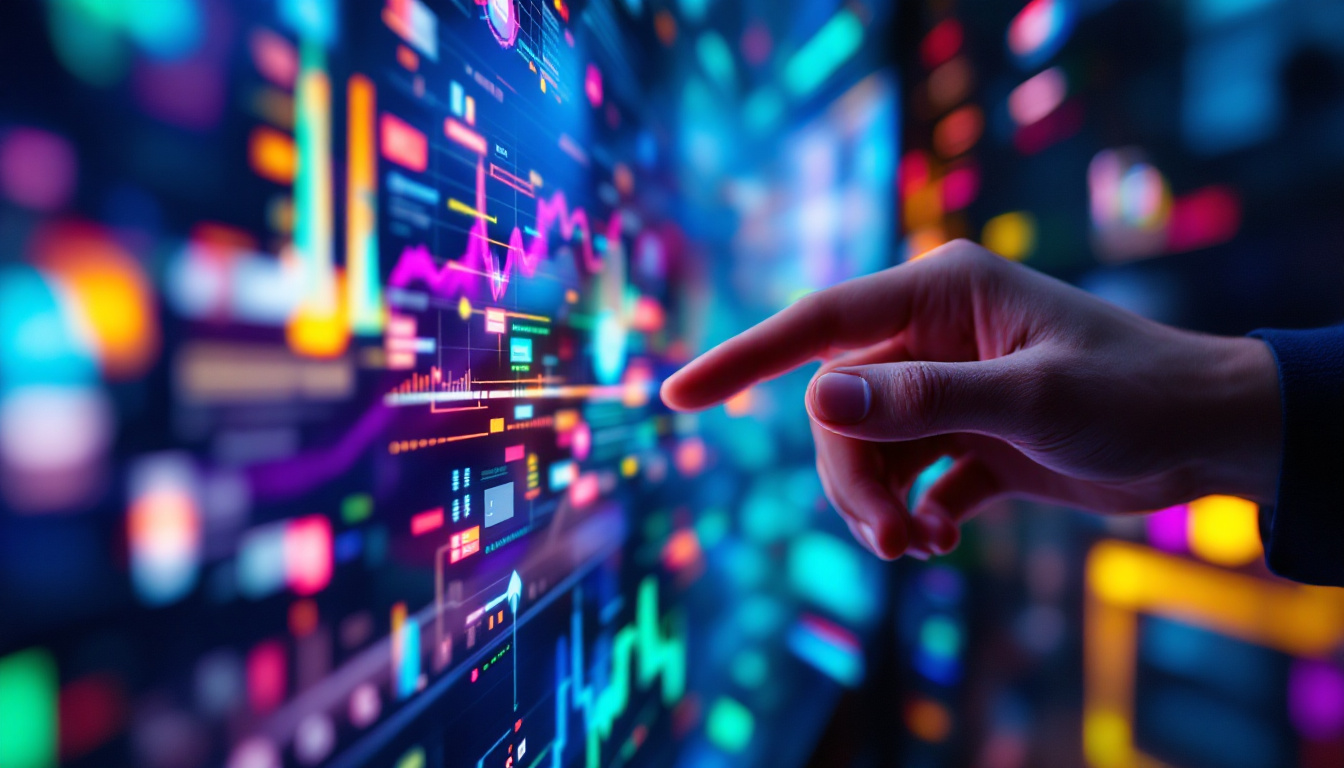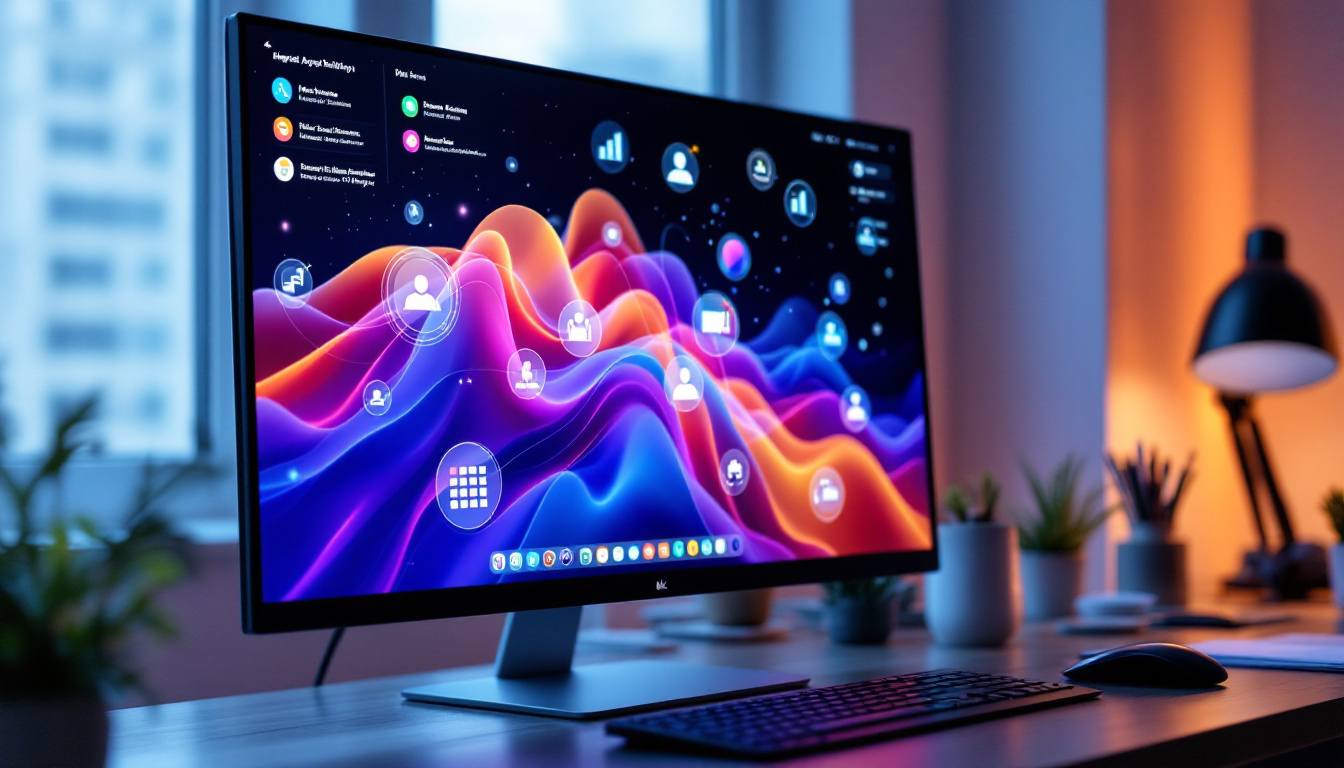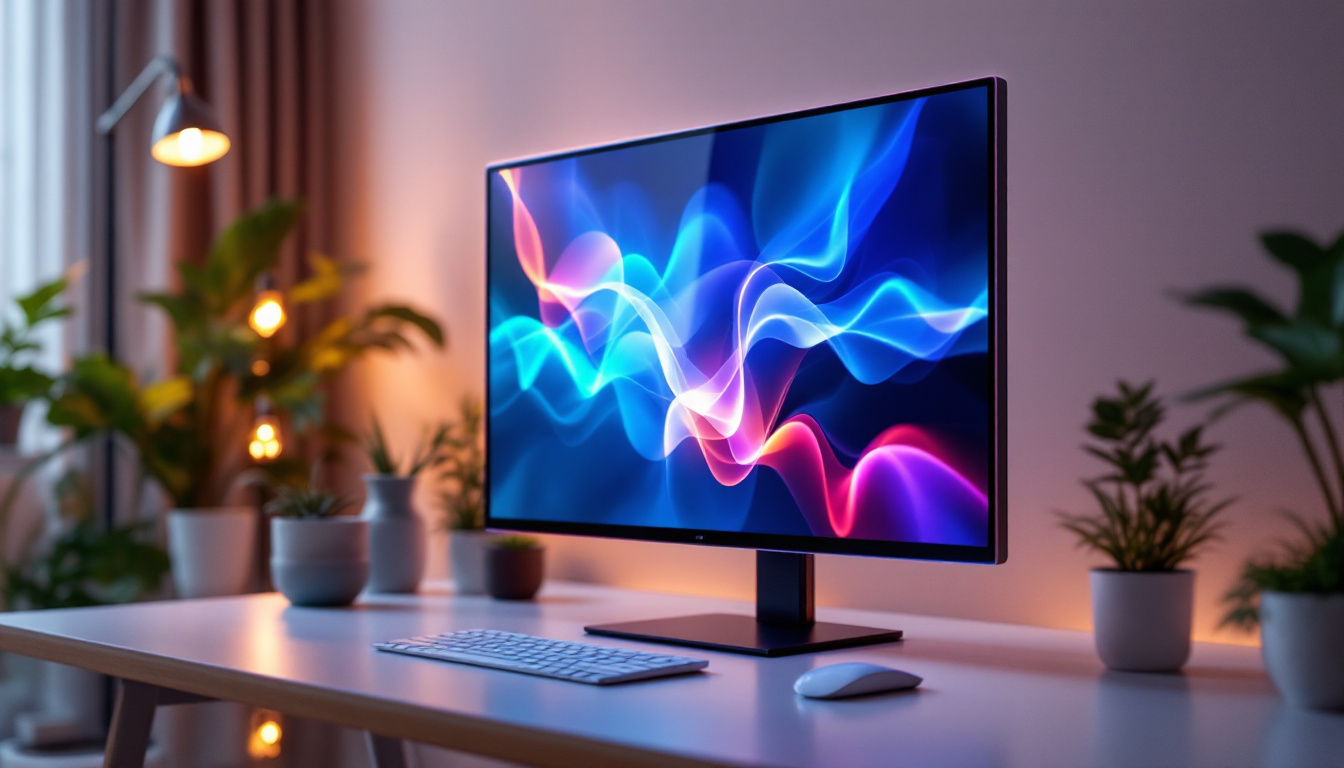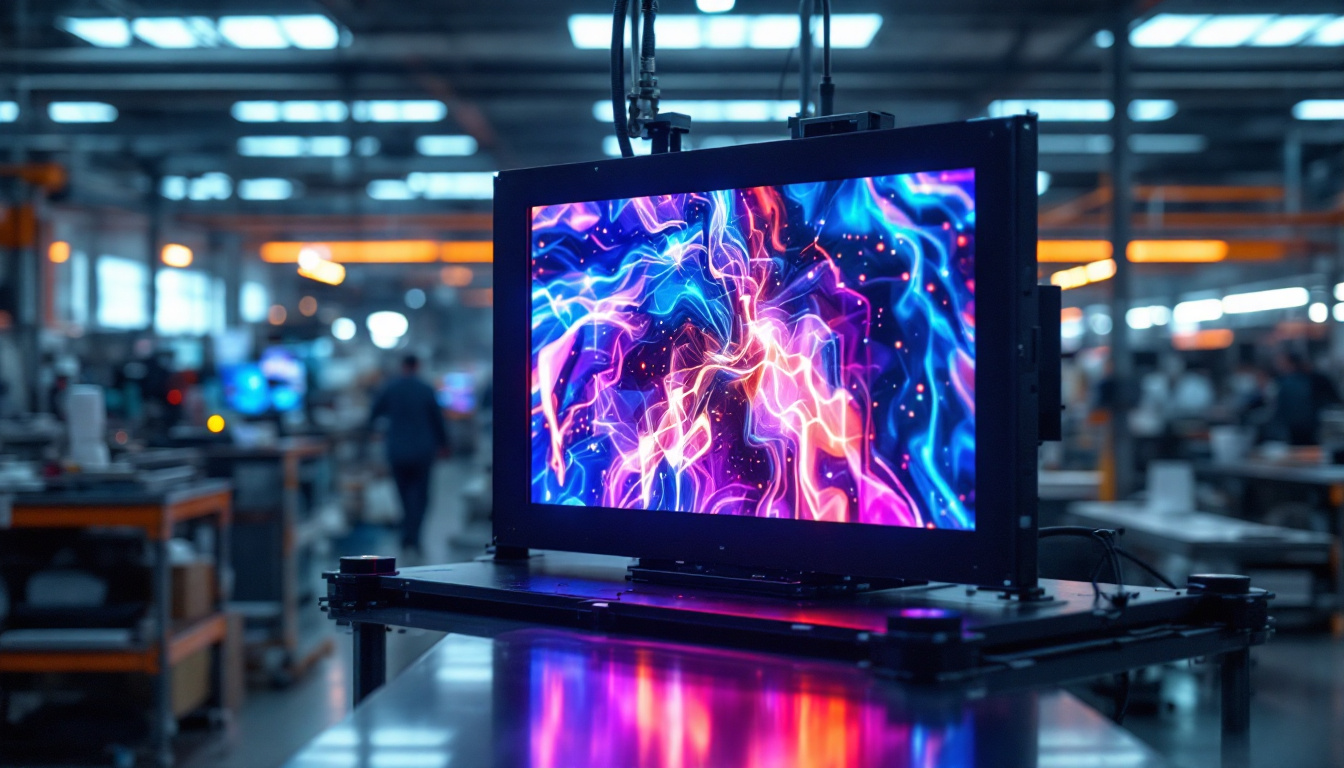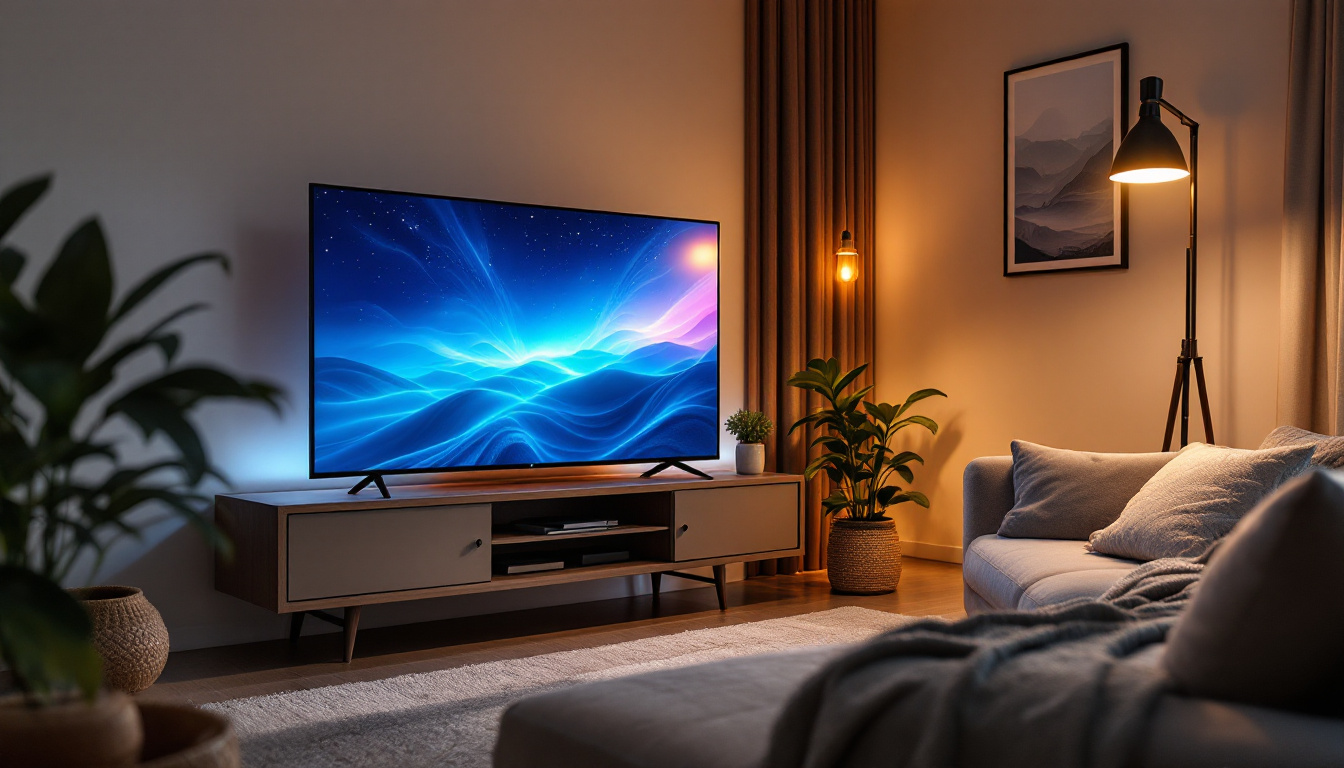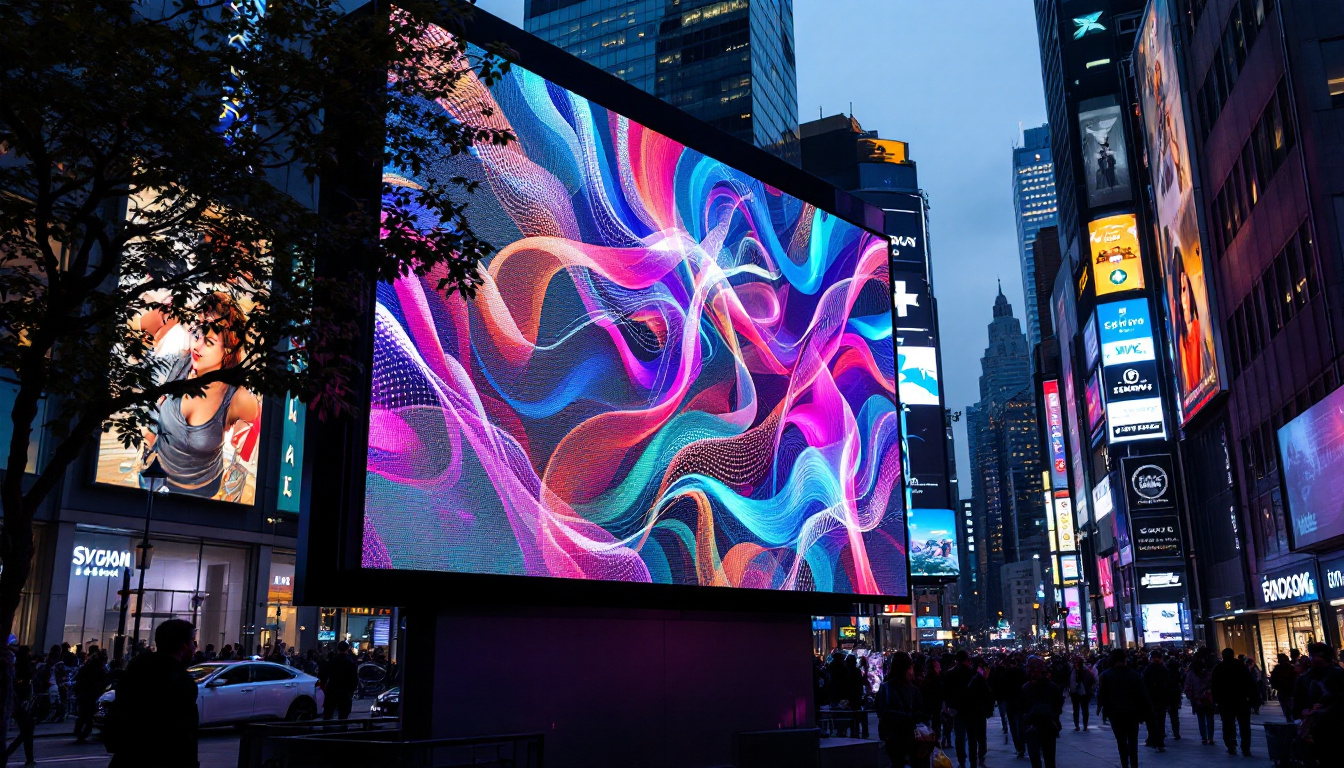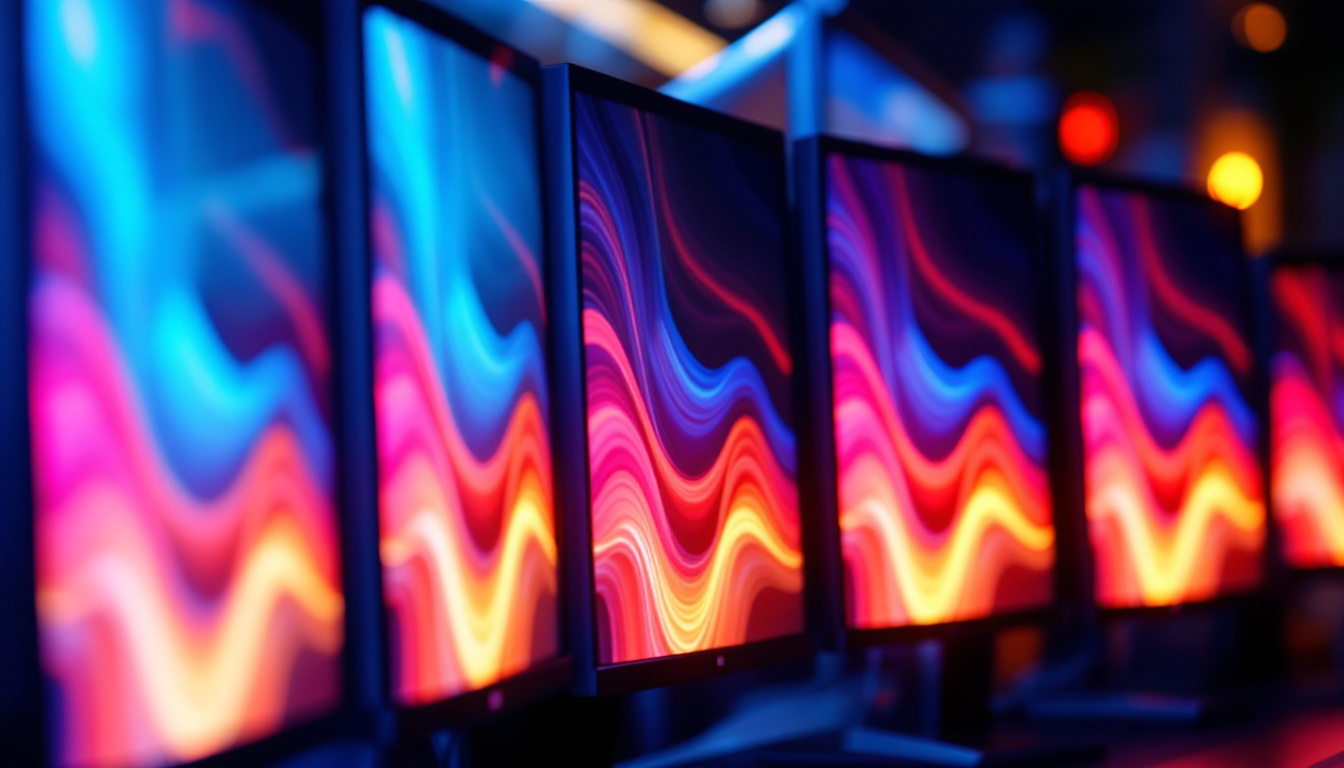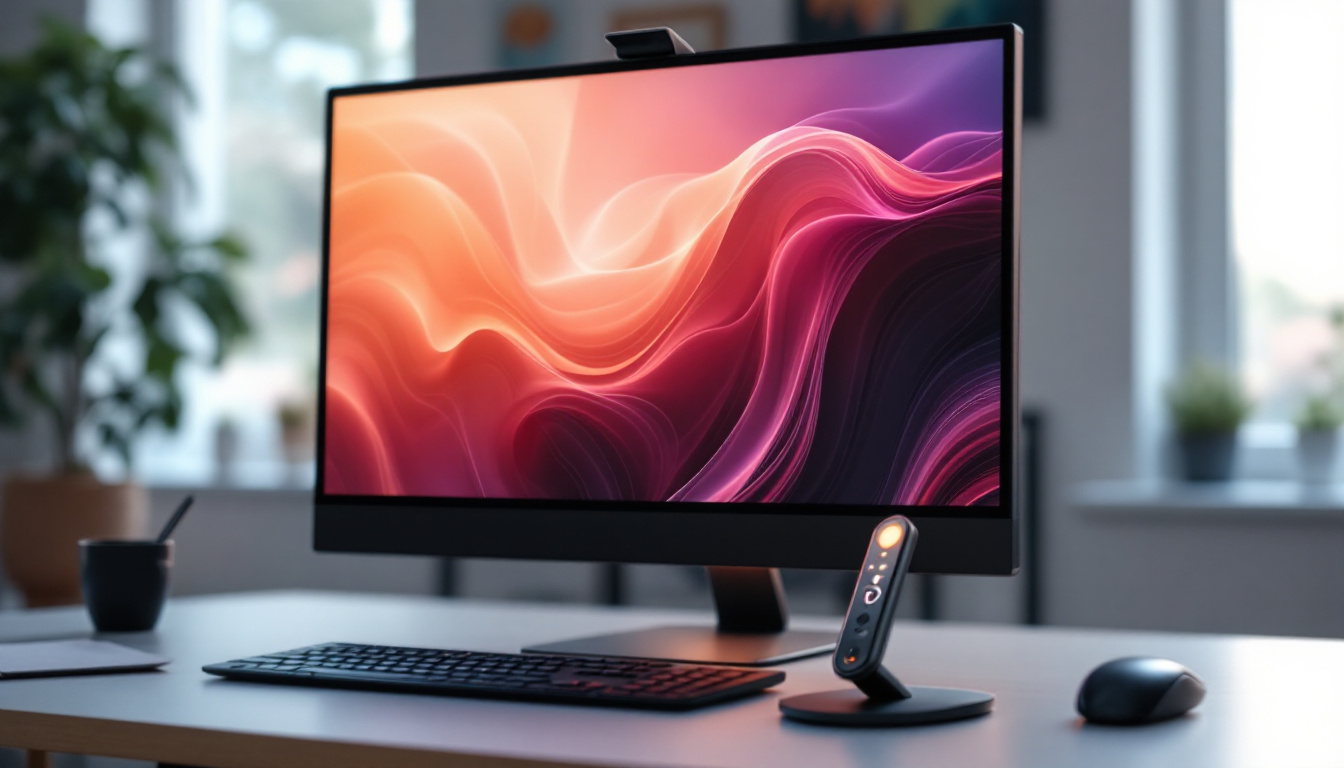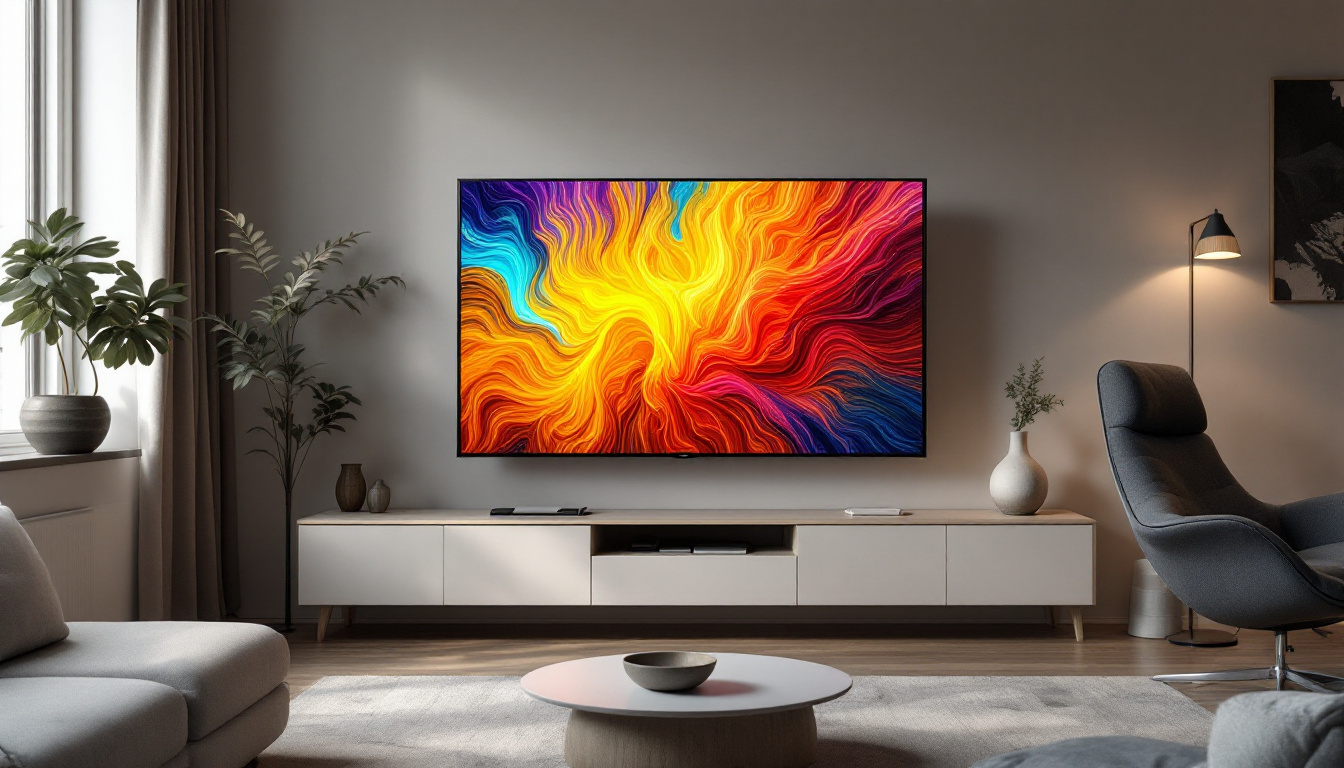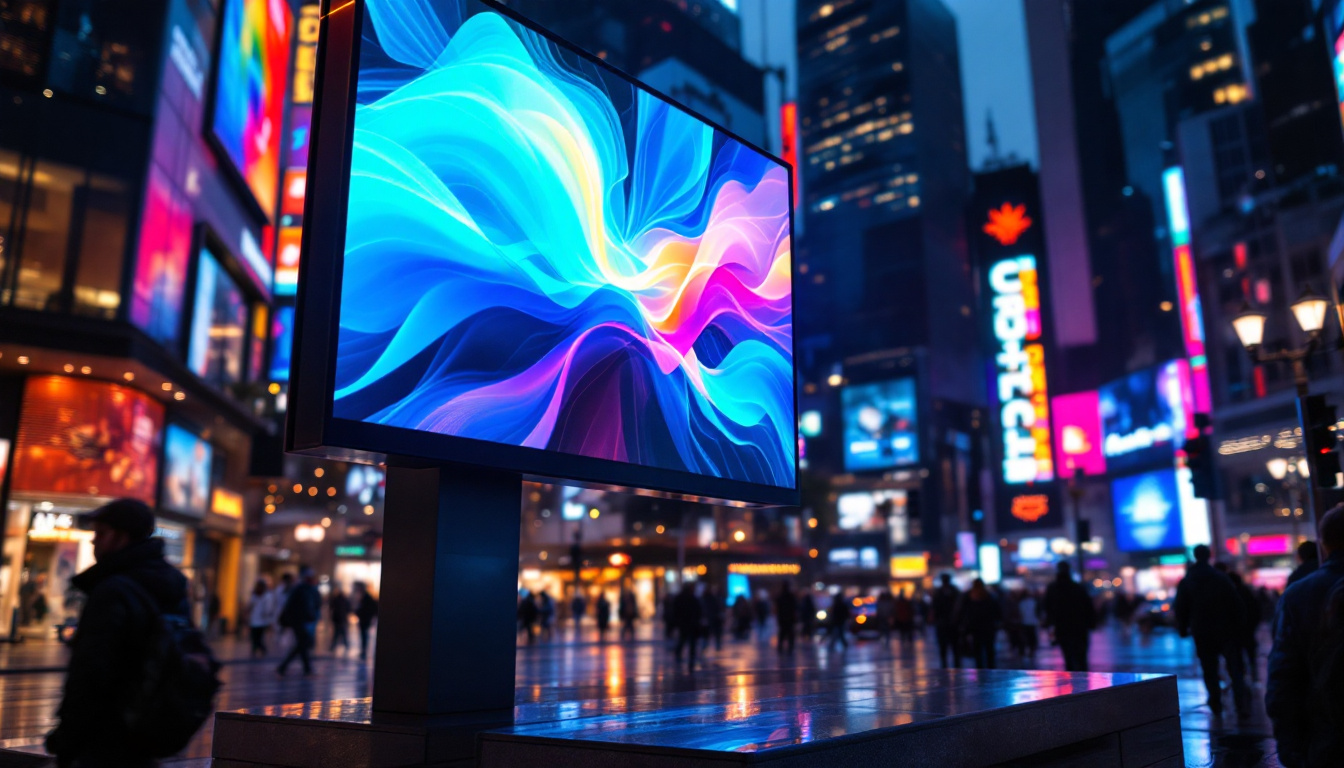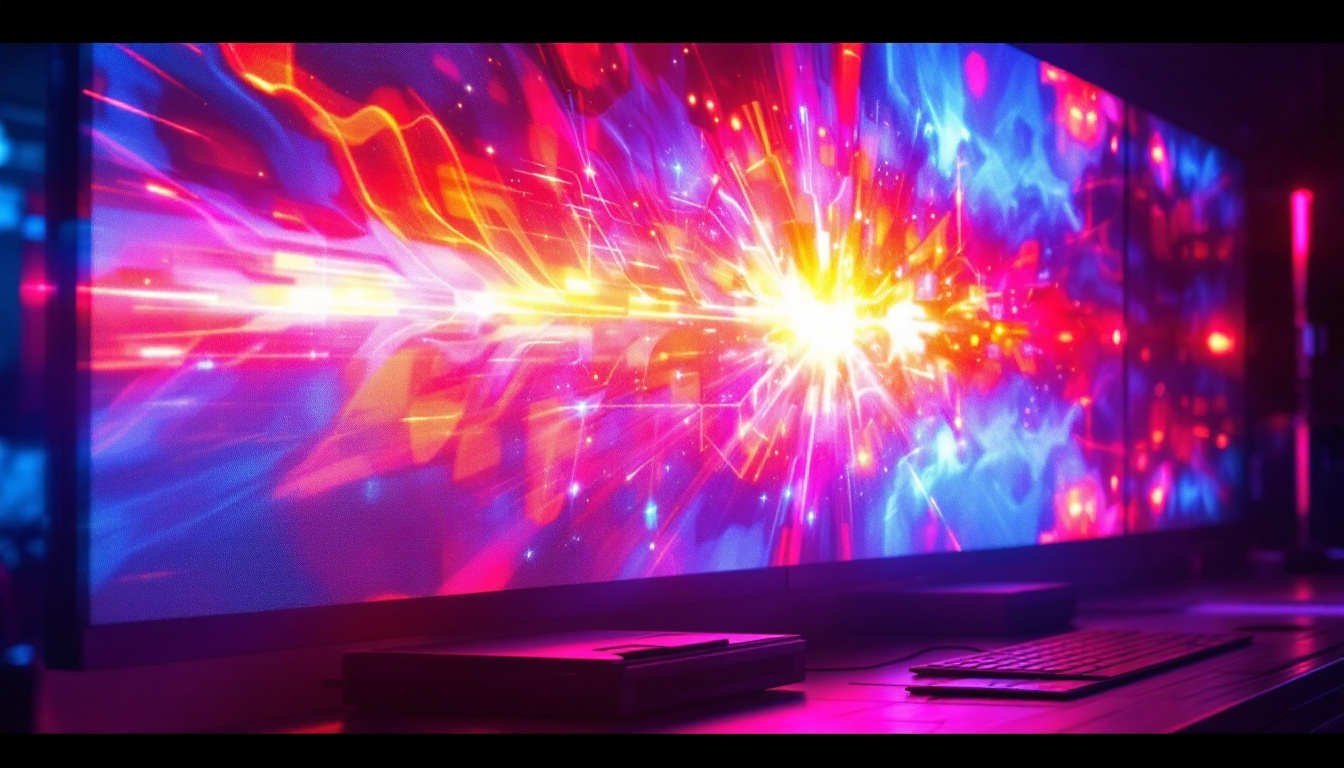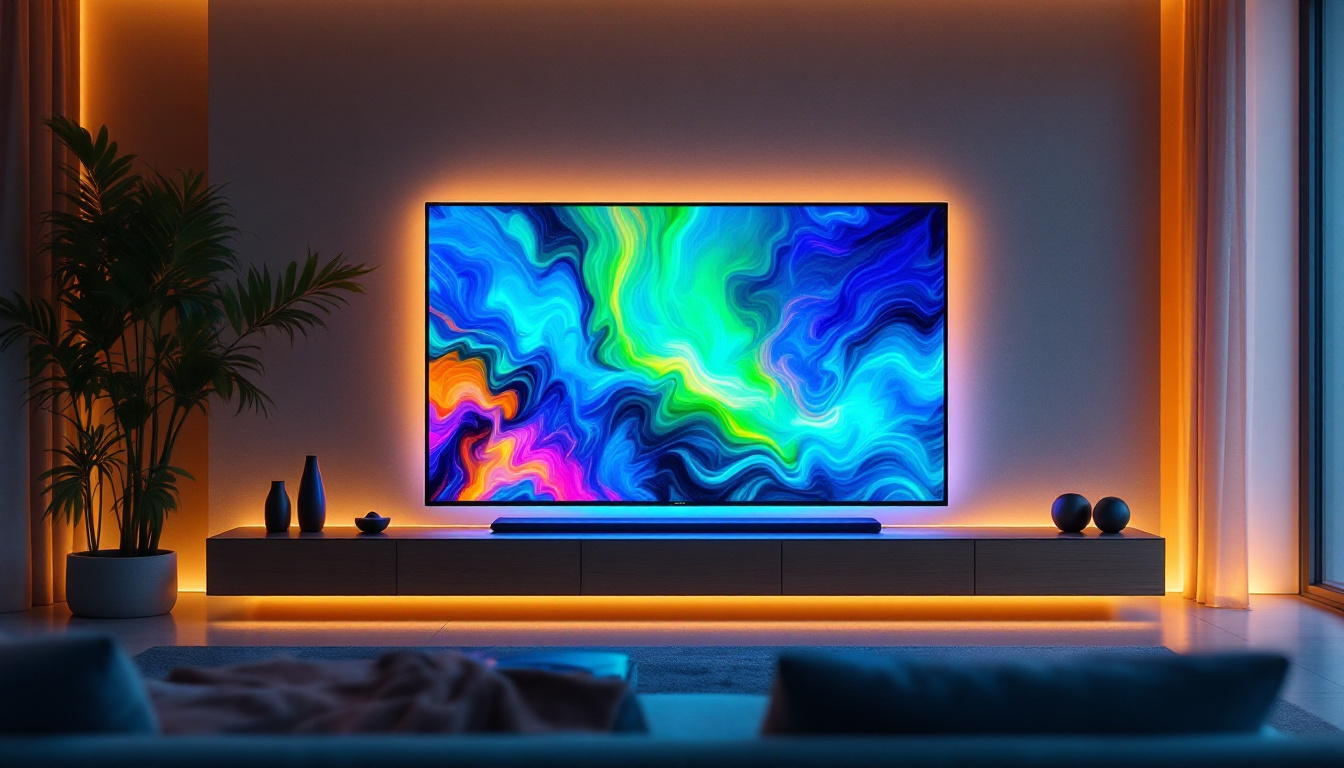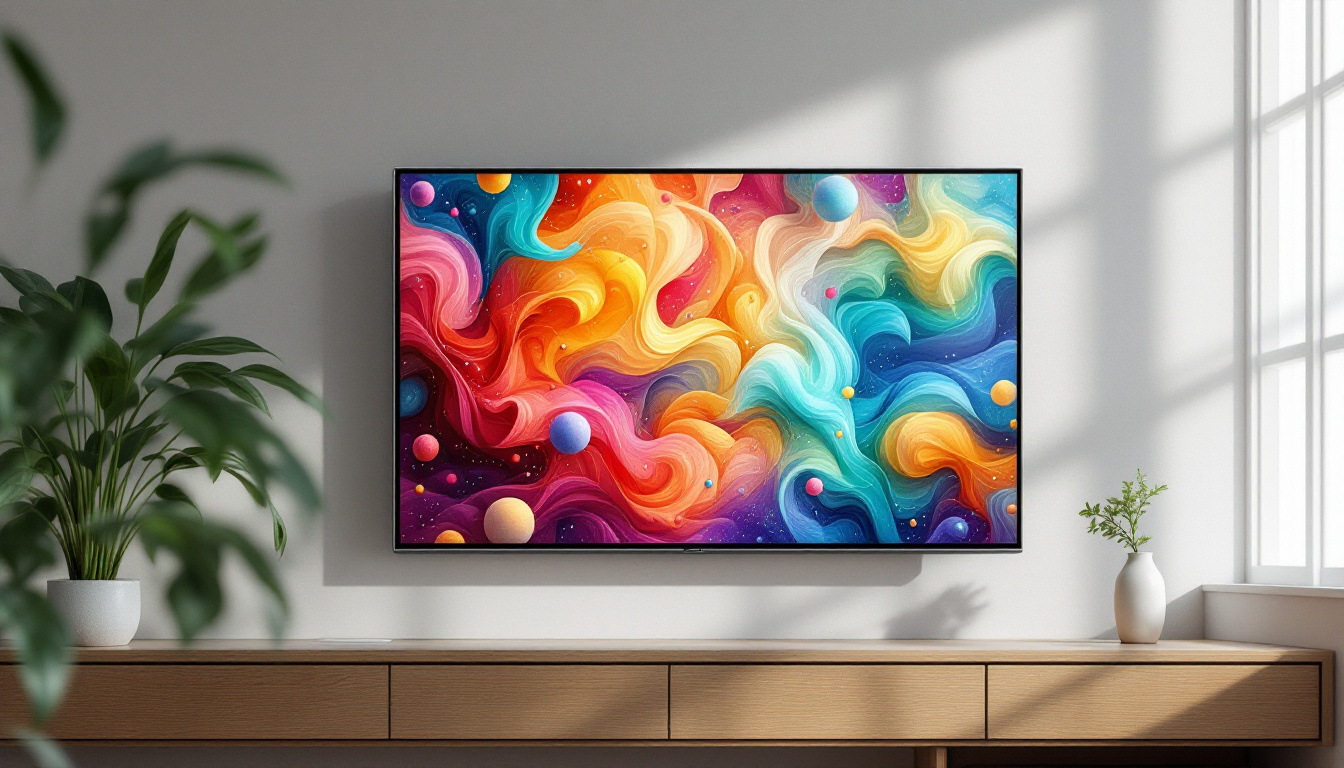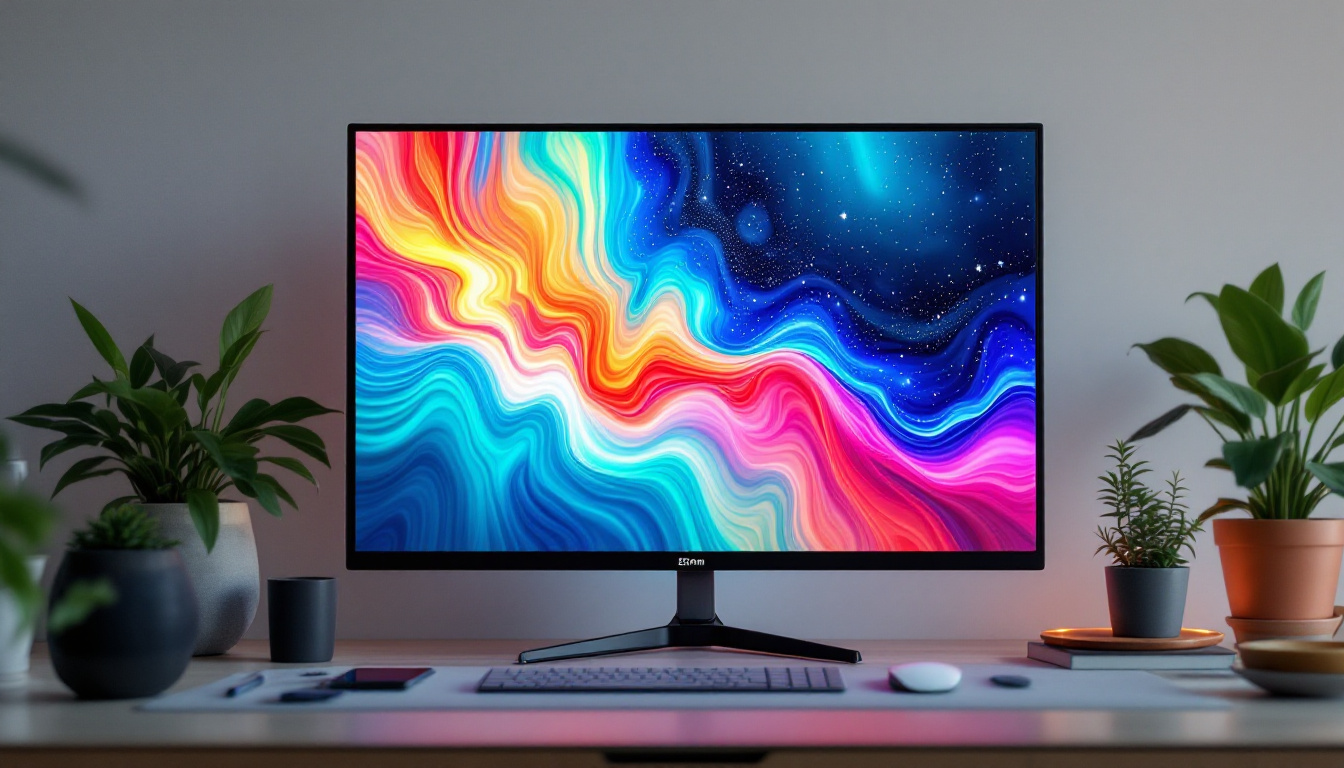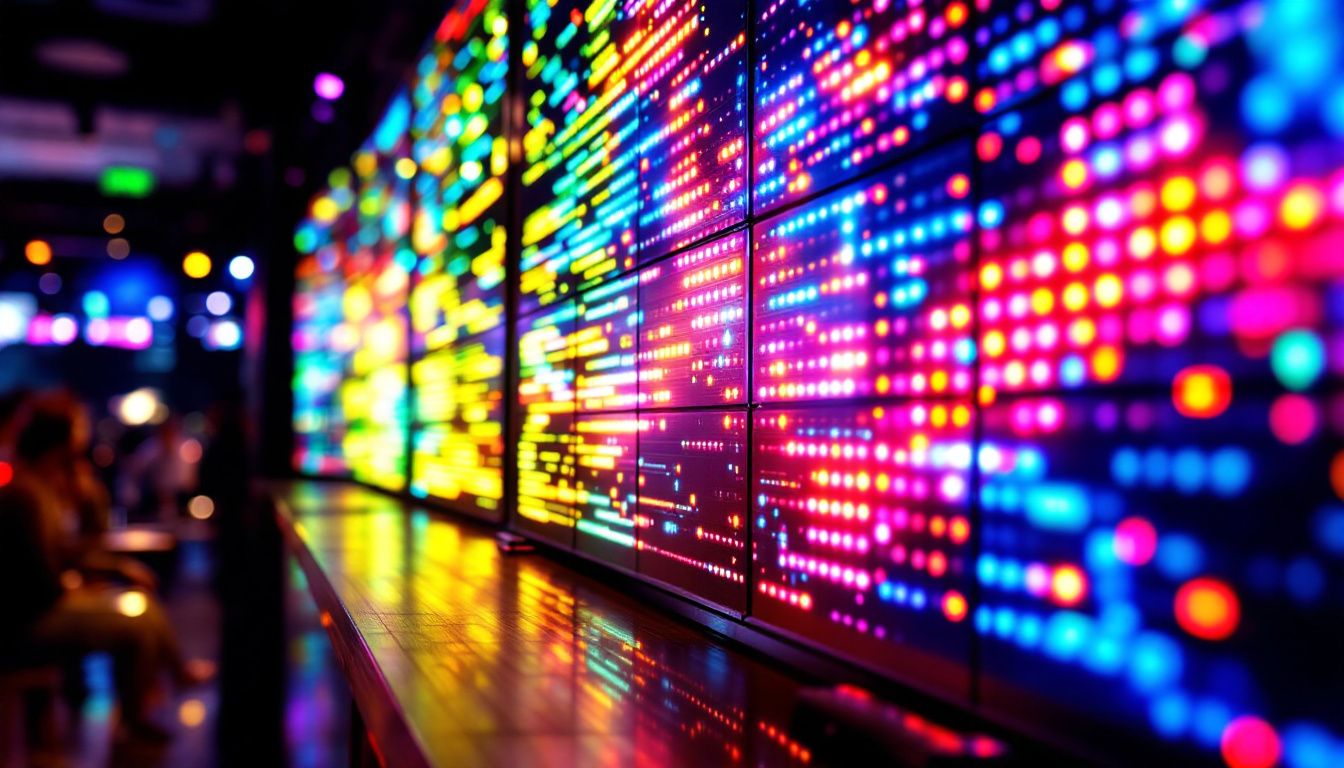In the world of modern electronics, the integration of display technologies has become a crucial aspect of device design. Among these, the LCD (Liquid Crystal Display) and LED (Light Emitting Diode) displays stand out for their versatility and efficiency. This article delves into the intricacies of driver boards for LCDs and LED displays, exploring their functionalities, applications, and the technology that underpins them.
Understanding Driver Boards
Driver boards serve as the crucial link between the display panel and the controlling microcontroller or processor. They manage the signals that dictate how the display operates, ensuring that images and information are rendered accurately and efficiently. Without a proper driver board, an LCD or LED display would be unable to function effectively.
What is a Driver Board?
A driver board is essentially a circuit board designed to control the operation of a display. It interprets the commands from the main processor and translates them into signals that the display can understand. This includes managing the brightness, contrast, and color of the images displayed.
Driver boards can vary significantly in complexity, depending on the type of display they are meant to control. For instance, a simple monochrome LCD might require a straightforward driver, while a high-resolution color LED display would necessitate a more advanced driver board capable of handling multiple channels of data. The sophistication of the driver board often correlates with the display’s resolution and refresh rate, as higher specifications demand more precise control over the display elements.
Key Components of a Driver Board
Several critical components make up a typical driver board. These include:
- Microcontroller: The brain of the driver board, responsible for processing input signals and generating the necessary output for the display.
- Power Supply: Provides the necessary voltage and current to power the display and the driver board itself.
- Interface Connectors: Facilitate communication between the driver board and the display, as well as between the driver board and the controlling device.
- Signal Conditioning Circuits: Ensure that the signals sent to the display are clean and free from noise, which can affect display performance.
In addition to these components, many driver boards also incorporate protective features such as voltage regulators and thermal management systems. These elements help to safeguard the board and the display from damage due to power surges or overheating, ensuring longevity and reliability in various operating conditions. Moreover, some advanced driver boards include built-in diagnostic tools that can monitor performance and alert users to potential issues before they escalate.
Types of Driver Boards
Driver boards can be categorized based on the type of display they support. The most common types include:
- LCD Driver Boards: Specifically designed for controlling LCD panels, these boards manage the liquid crystals’ orientation to create images.
- LED Driver Boards: Used for LED displays, these boards control the individual LEDs, adjusting brightness and color as needed.
- OLED Driver Boards: Tailored for Organic Light Emitting Diode displays, these boards handle the unique characteristics of OLED technology.
Additionally, there are hybrid driver boards that can support multiple display technologies, allowing for greater flexibility in design and application. These versatile boards are particularly useful in environments where different types of displays may be used interchangeably, such as in modern consumer electronics or digital signage. As display technology continues to evolve, the development of driver boards will also advance, incorporating new features like wireless communication capabilities and enhanced energy efficiency to meet the demands of future applications.
The Role of LCD Displays
LCD displays have become ubiquitous in various devices, from smartphones to televisions. Their ability to produce sharp images with low power consumption makes them a popular choice for many applications.
How LCD Displays Work
LCD technology relies on liquid crystals that change orientation when an electric current is applied. This change in orientation affects how light passes through the crystals, allowing for the creation of images. Typically, an LCD consists of several layers, including a backlight, polarizers, and the liquid crystal layer itself.
The backlight, usually composed of LEDs, provides the necessary illumination for the display. Polarizers filter the light, ensuring that only certain wavelengths pass through, while the liquid crystal layer modulates the light to create images. The driver board plays a pivotal role in controlling the voltage applied to the liquid crystals, thereby influencing the display’s output.
Applications of LCD Displays
LCD displays are employed in a myriad of applications, including:
- Consumer Electronics: From smartphones to laptops, LCDs are integral to modern devices.
- Automotive Displays: Many vehicles utilize LCDs for dashboards and infotainment systems.
- Industrial Equipment: LCDs are often used in control panels and monitoring systems due to their clarity and reliability.
Exploring LED Displays
LED displays have gained immense popularity, particularly in large-scale applications such as billboards and stadium screens. Their ability to produce vibrant colors and high brightness levels makes them ideal for outdoor use.
How LED Displays Function
Unlike LCDs, which rely on a backlight, LED displays generate light directly from individual LEDs. Each pixel in an LED display is composed of red, green, and blue LEDs, which can be adjusted to create a full spectrum of colors. The driver board is responsible for controlling the intensity of each LED, allowing for dynamic and vivid displays.
The technology behind LED displays has evolved significantly, leading to the development of various types, including full-color RGB displays and monochrome displays. The choice of display type often depends on the specific application and desired visual effects.
Applications of LED Displays
LED displays are used in a wide range of applications, including:
- Advertising: Digital billboards and signage utilize LED technology to capture attention with bright, dynamic content.
- Entertainment: Concerts and events often feature LED screens for live video feeds and visual effects.
- Sports Venues: Stadiums use LED displays for scoreboards and replays, enhancing the spectator experience.
Advantages of Using Driver Boards
The implementation of driver boards in display technology offers several advantages that enhance performance and usability. These benefits are crucial in both consumer and industrial applications.
Improved Image Quality
Driver boards play a significant role in ensuring high image quality. By managing the signals sent to the display, they can optimize brightness, contrast, and color accuracy. This results in sharper images and more vibrant colors, which are essential for user satisfaction.
Energy Efficiency
Modern driver boards are designed with energy efficiency in mind. They can adjust the power supplied to the display based on the content being shown, reducing energy consumption during less demanding tasks. This is particularly important in battery-powered devices, where extending battery life is a key concern.
Enhanced Functionality
Driver boards enable a range of advanced functionalities, such as touch sensitivity, adaptive brightness, and even gesture recognition. These features enhance the user experience and open up new possibilities for interaction with devices.
Challenges in Driver Board Design
While driver boards offer numerous advantages, designing them comes with its own set of challenges. Engineers must navigate various technical hurdles to ensure optimal performance.
Signal Integrity
Maintaining signal integrity is crucial for the performance of driver boards. Any noise or interference can lead to degraded image quality or even display malfunctions. Engineers must carefully design the circuitry to minimize these issues, often employing shielding and filtering techniques.
Thermal Management
As driver boards operate, they generate heat. Excessive heat can damage components and affect performance. Effective thermal management strategies, such as heat sinks and thermal pads, are essential to ensure the longevity and reliability of the driver board.
Cost Considerations
Balancing performance with cost is a constant challenge in driver board design. High-performance components may offer superior functionality but can significantly increase production costs. Engineers must find a balance that meets performance requirements without exceeding budget constraints.
The Future of Driver Boards and Display Technology
As technology continues to evolve, the future of driver boards and display technology looks promising. Innovations in materials, design, and manufacturing processes are paving the way for even more advanced displays.
Emerging Technologies
New display technologies, such as MicroLED and flexible displays, are on the horizon. These technologies promise to deliver even greater image quality and versatility. Driver boards will need to adapt to these new technologies, requiring ongoing research and development.
Integration with Smart Technology
The rise of smart devices is also influencing the design of driver boards. As displays become more integrated with IoT (Internet of Things) technology, driver boards will need to support advanced features such as remote control, data analytics, and connectivity.
Sustainability Trends
With increasing awareness of environmental issues, the demand for sustainable display technologies is growing. Future driver boards may need to incorporate eco-friendly materials and energy-efficient designs to meet these demands.
Conclusion
Driver boards are essential components in the functioning of LCD and LED displays, bridging the gap between the display technology and the controlling devices. Their role in managing signals, optimizing performance, and enhancing user experience cannot be overstated. As display technology continues to advance, the importance of driver boards will only increase, paving the way for more innovative and efficient displays in the future.
Understanding the intricacies of driver boards is crucial for anyone involved in electronics design, whether for consumer products, industrial applications, or emerging technologies. With the right knowledge and tools, the possibilities for display technology are limitless.
Discover Cutting-Edge LED Display Solutions
As you embrace the future of display technology, consider the innovative solutions offered by LumenMatrix. Specializing in a wide array of LED displays, from Indoor and Outdoor LED Walls to Custom and All-in-One LED Displays, LumenMatrix stands at the forefront of visual communication. Whether you’re looking to captivate your audience, enhance brand visibility, or create immersive experiences, their state-of-the-art LED display modules are designed to meet your needs. Check out LumenMatrix LED Display Solutions today and take the first step towards transforming your visual engagement.

